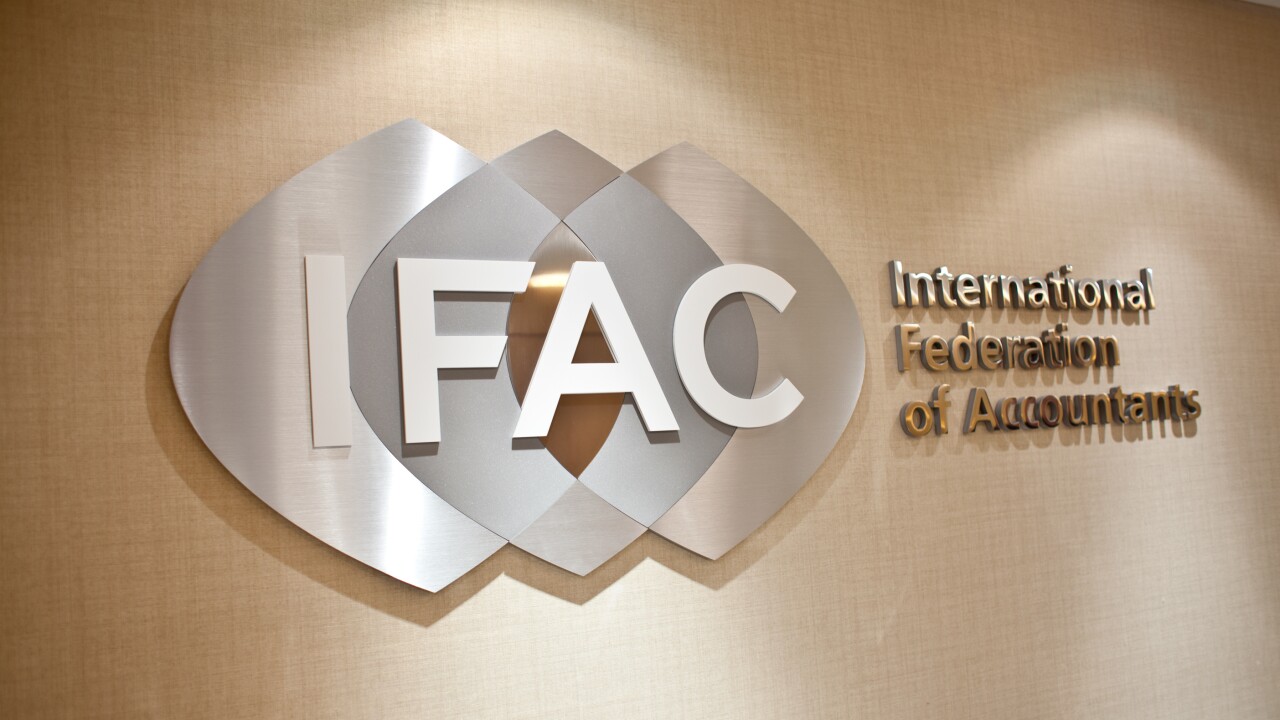Accounts payable is the most time-consuming and paper-intensive function in finance, according to the
That’s not shocking. Oftentimes, AP processes stunt growth and hold companies back from reaching their full potential. Manual accounting methods and techniques lead to mistakes, inefficiencies, added costs and a lack of visibility — things that growing businesses can no longer afford to ignore.
The first step is recognizing that your current methods aren’t working. The second is implementing the right tools to optimize your clients for success.






